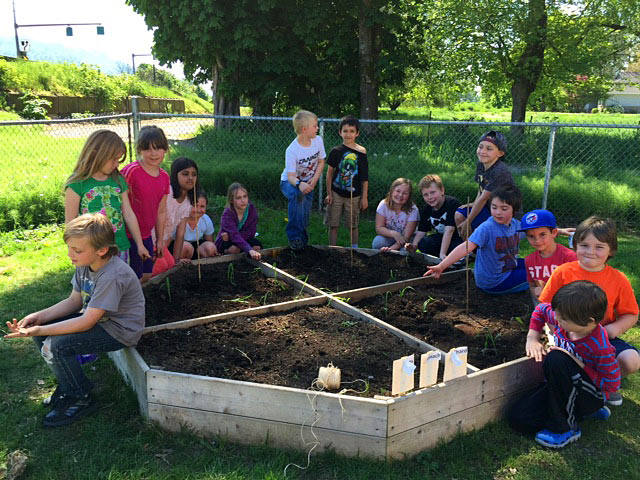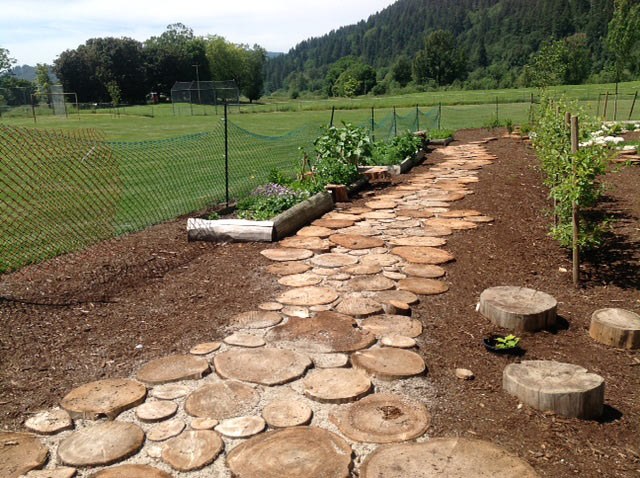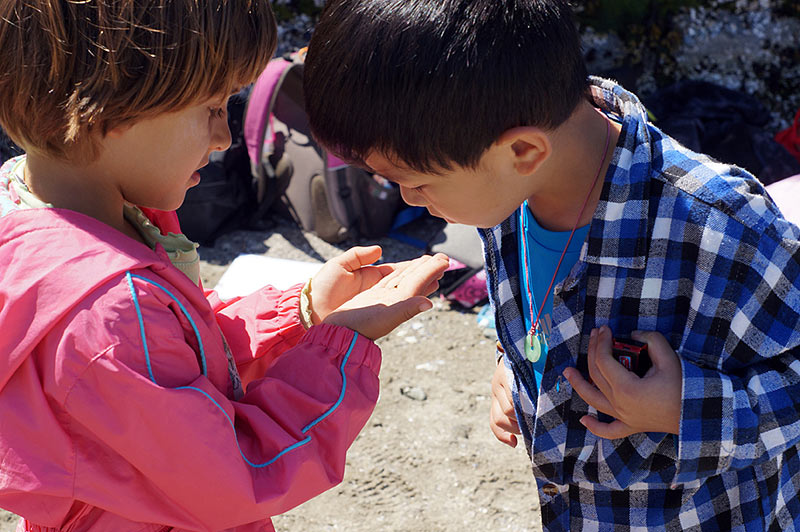
Wild School Kids Learning Outdoors.jpg
The Habitat Conservation Trust Foundation (HCTF) has announced it will provide over $62,000 for 25 BC schools selected to participate in its Wild School program. The 3-year program provides teachers and students of K-8 schools with free resources, training and support for environmental learning, outdoor field experiences and connections to conservation work in their communities.
Three schools within the Cariboo-Chilcotin School District#27 have been accepted into the Wild School program: Marie Sharpe Elementary, Horsefly Elementary and 100 Mile Elementary.
Calvin Dubray, Principal at Marie Sharpe Elementary, says the school is looking forward to beginning the program next fall, especially since it will coincide with the start of their new Nature Kindergarten program.
“Our staff and students are currently engaged in place-based education and we are seeing deeper, richer learning happening,” says Dubray. “We are excited about the additional opportunities and experiences the Wild School program will offer to enhance our outdoor learning initiatives.”
The Wild School program evolved from the successful Science in Action program that began in 2006. Science in Action was a single year program focused on providing K-8 teachers and schools with resources to support hands-on, active learning through science. In 2012, Science in Action began the transition to the Wild School program, a multi-year model that incorporates healthy and sustainable initiatives toward connecting schools to nature.
HCTF Education Manager Kerrie Mortin says the Wild School program evolved from their experiences delivering Science in Action, and is supported by current research about the effectiveness of whole-school program models. “One of the key elements of the Wild School program is professional development. The shift from a one-day workshop model to providing multiple years of professional development opportunities – including workshops, mentoring, networking and support- has been shown to be more effective in helping teachers build capacity and transform their teaching and learning, leading to better outcomes for students.”
Marie Mullen, Principal of Fulford Elementary School in SD#64, says the Wild School program has provided their teachers with the resources, activities and know-how to get their students learning outside. “[HCTF’s] generous support of field trips and eco-mentoring has enhanced our place-based learning initiatives and helped our students connect with- and become stewards of- their local environment.”
Ashley Frketich, a teacher at Ecole Margaret Jenkins School in SD61, agrees that the program was instrumental in making the transition to outdoor learning. “After attending one of the workshops, I realized I could take a lot of little steps to move my classroom outside,” says Frketich. “I was very surprised at how easy it was. As a result, my class has spent a lot more time outdoors than ever before and we are all loving it.”
Over the past nine years, the Wild Schools and Science in Action programs have helped 3500 BC teachers in 267 schools provide hands-on environmental learning experiences to over 72,000 students.
About the Habitat Conservation Trust Foundation (HCTF)
Since 1981, the Habitat Conservation Trust Foundation has provided more than $160 Million in project funding to more than 2,000 conservation, restoration, enhancement, and educational projects across BC.
HCTF believes that investing in education is key to the future of conservation. The Wild School program is just one of HCTF’s Education program areas; they also offer GO Grants to cover transportation and programming costs for getting students learning outdoors and Connect to Conservation, a forum to connect the education community with on-the-ground conservation work.
Click on photos for full-resolution images.
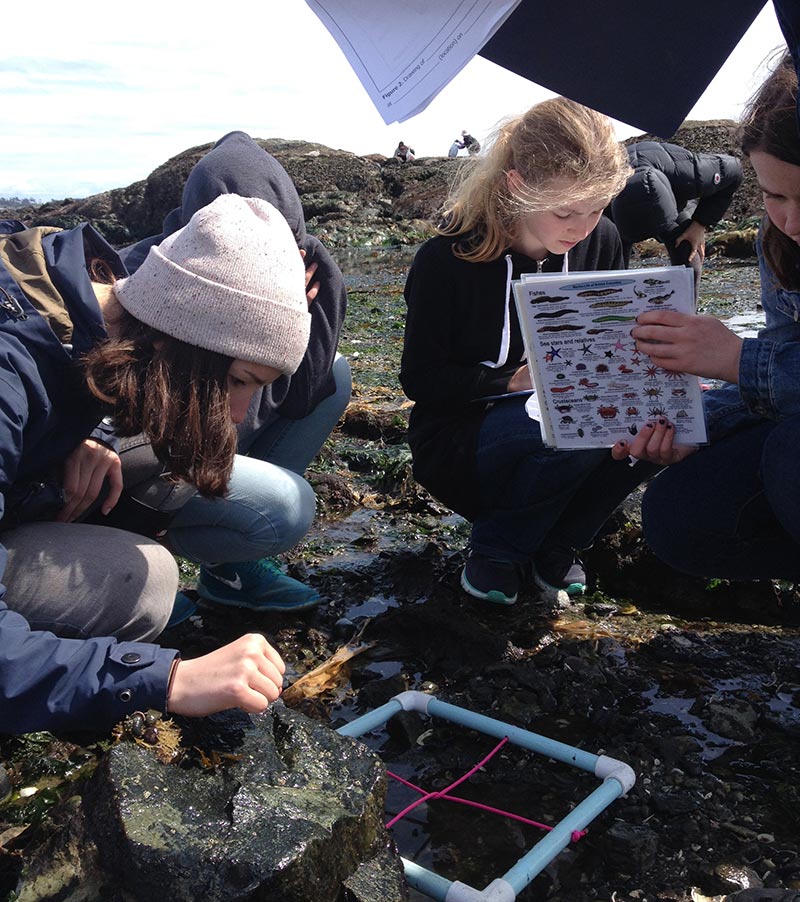
For more information contact:
Kerrie Mortin
Manager, HCTF Education
Phone: 250-940-9787
Email: Kerrie.Mortin@hctf.ca
107- 19 Dallas Road
Victoria BC V8V 5A6


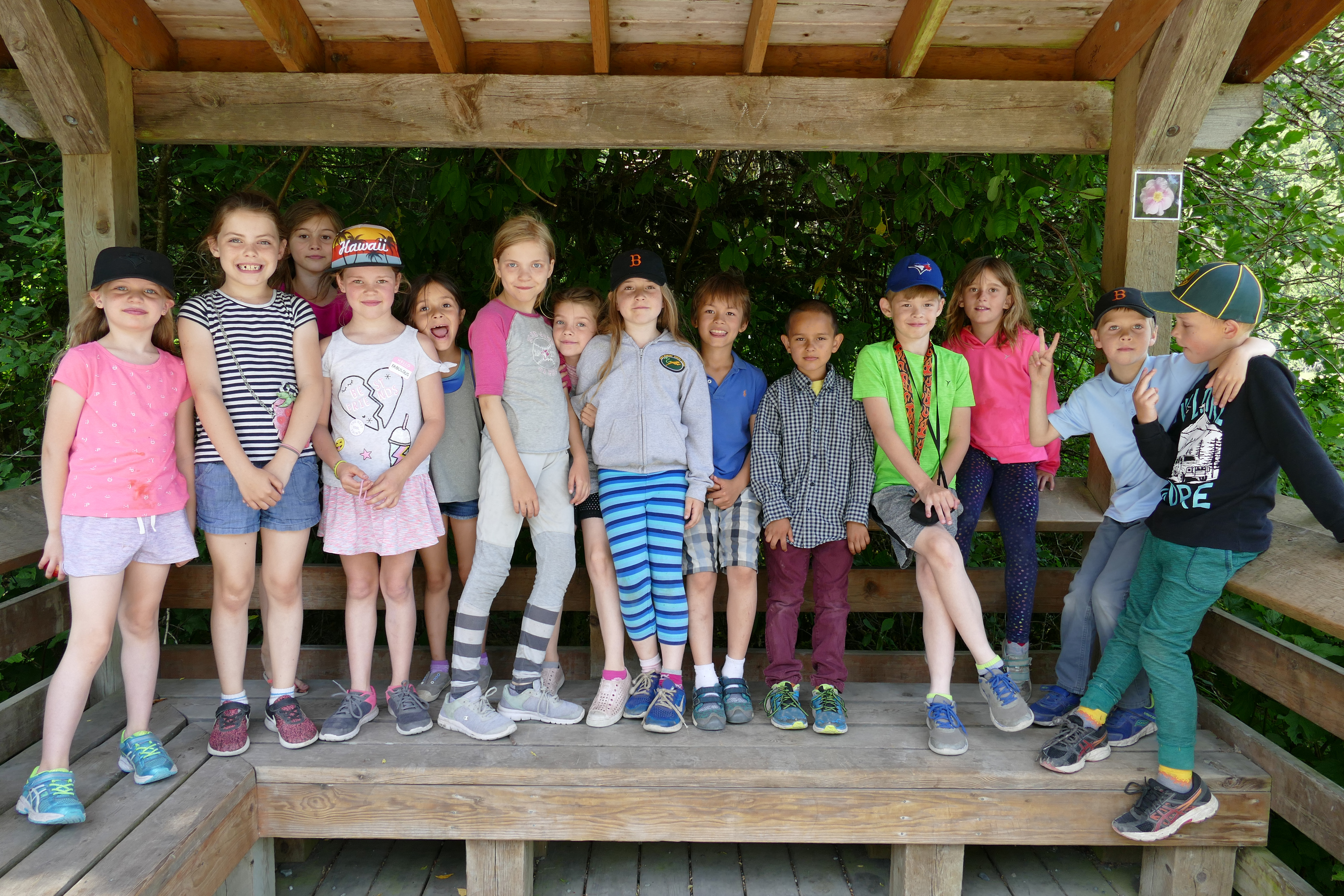
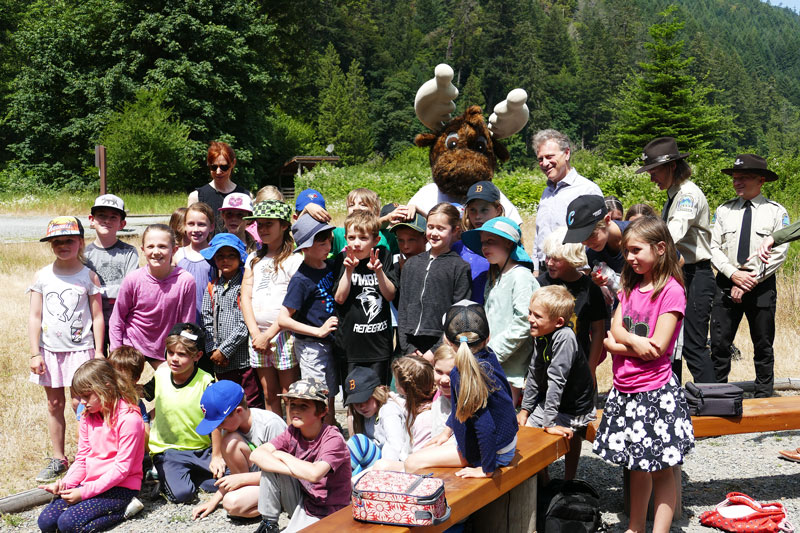

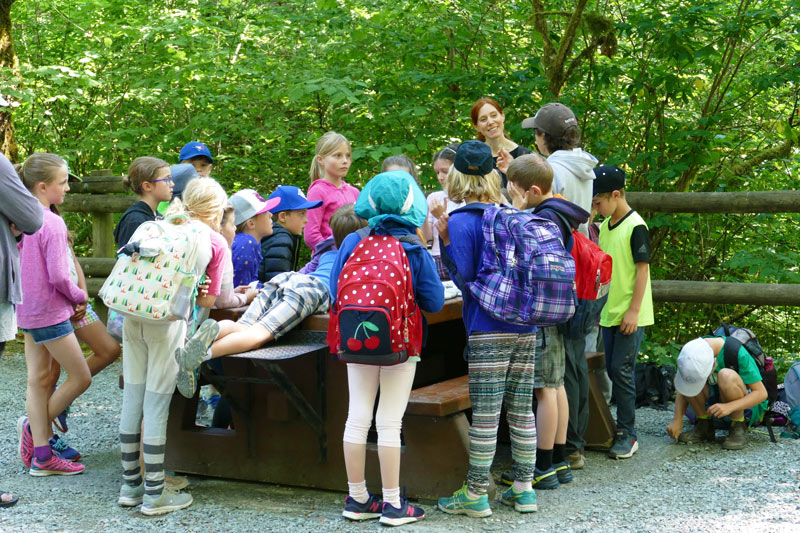
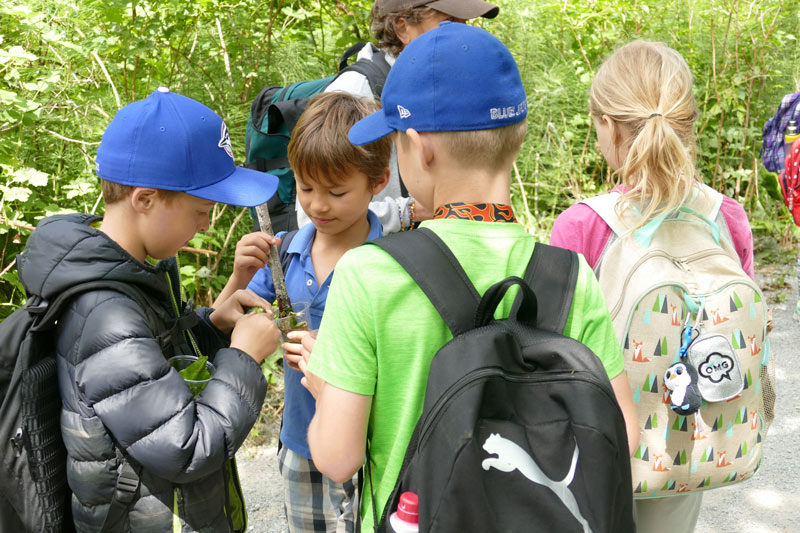
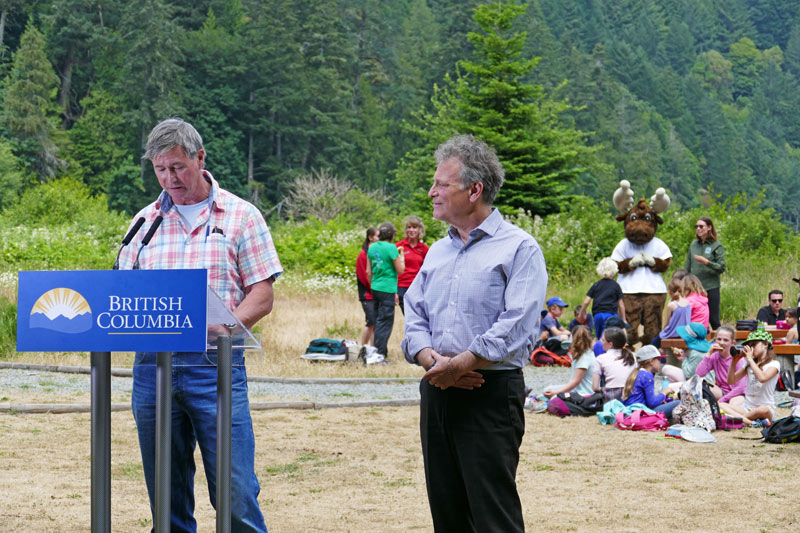
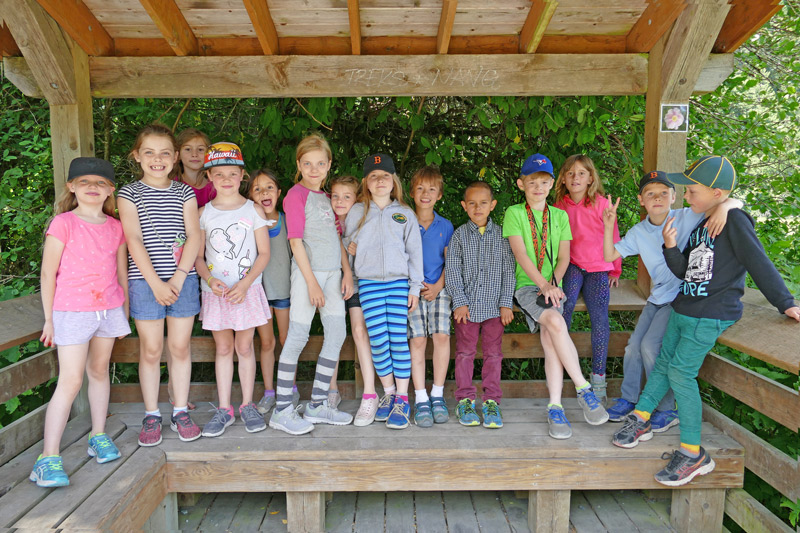

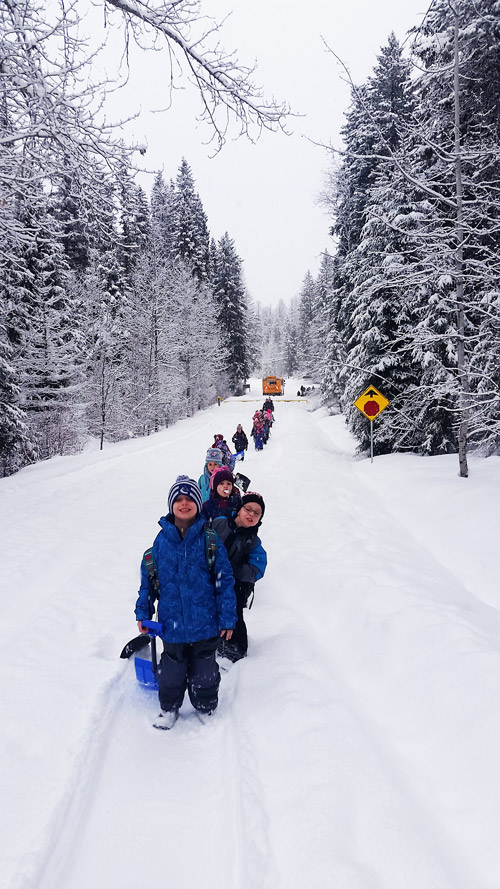
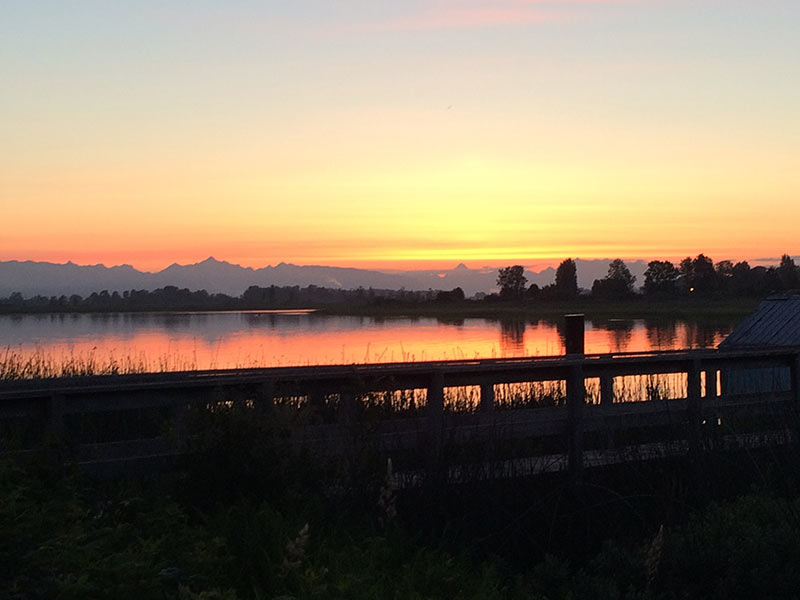
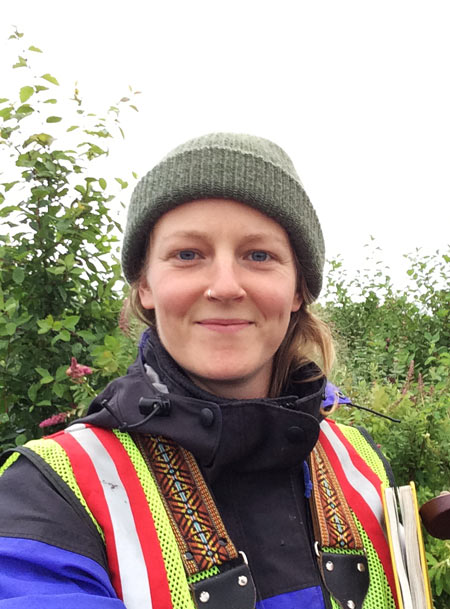 In the spring of 2015, BCIT Ecological Restoration student
In the spring of 2015, BCIT Ecological Restoration student 